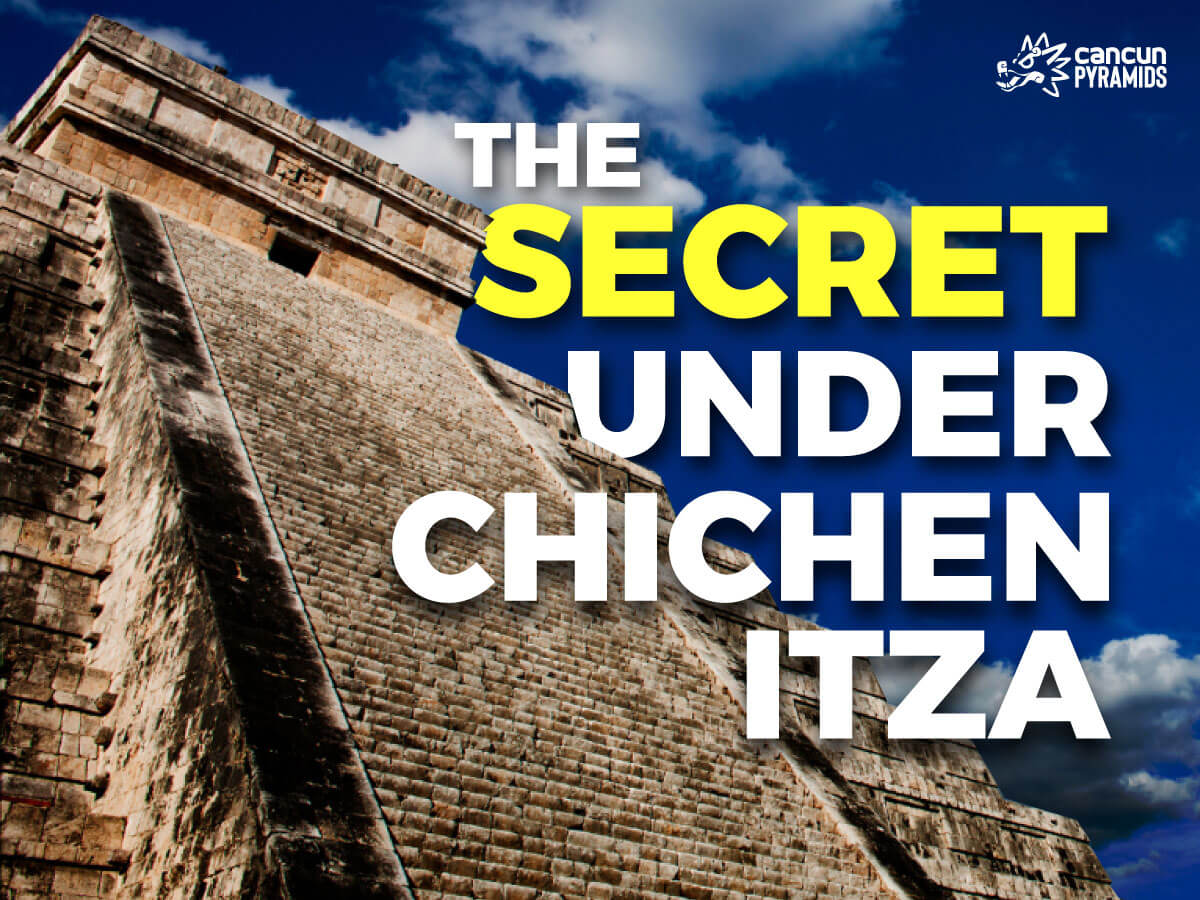Chichen Itza was established by Itzáes in the 9th century AD. Itzáes’s power lasted about a hundred years until the early thirteenth century when the rulers of Mayapan subordinated, defeated them, and took the power in the area until they were defeated by a confederation of cities led by Uxmal in 1441 and then abandoned shortly after. Despite being abandoned, it remained a sacred place for the Maya, especially for its enigmatic sacred cenote “Ik Kil” where offerings and sacrifices were held for centuries.
This cenote in Chichen Itza was the heart of religious activities, not only of the city of Chichén Itzá but of the entire Maya area. It was a place of worship to the god of rain, Chaac, that lasted from the Late Classic period in 650 A.D. until the end of the Postclassic period, in 1350 A.D.
The Sacred Cenote in Chichen Itza-Ik Kil
The religious, cultural, and administrative center was roughly 6 km2 of wealth housed in buildings that resembled palaces and were meticulously furnished and brightly painted. Between 50,000 and 100,000 people lived nearby in palm-roofed palapas in lush fields.
The Chichen Itza Cenote “Ik Kil” is almost circular, with an average diameter of 60 meters. The water surface is 22 meters from the upper edge and is just over 13 meters deep in the central part, where the bottom is muddy for about 4 meters more. It contains a volume of water of approximately 23,000 cubic meters.
The cave was formed when the limestone bedrock collapsed. It was one of the largest storage of offerings to the Mayas throughout its prehistoric era. The swampy bottoms of the Mayan world were rich in objects made of gold, jade, copper, cloth, and basketry that were offered as sacrifices during rituals that later on were the main objective of the Spanish. One of the things archaeologists adore about it is that the water site still has a lot of knowledge about the Maya society remains intact.
Why Were Cenotes so Important to Maya Civilization
Cenotes were believed to act as vital gateways between the terrestrial world and the aquatic underworld and were crucial in Maya mythology. The dead passed through this opening, and both humans and gods were born again from it. Water was extremely precious to the Maya, and it was thought that “Chac,” the rain god, resided at the bottom of this cenote.
They believed that Chac was responsible for the drought and conceived the life-giving power of water, which made Mayans both feared and revered him. By making sacrifices at the cenote, they thought they could obtain access to the underworld and communicate with the gods and their ancestors. For plenty of reasons, people offered a variety of gifts. They would pray for many showers of rain and crops, good health, and good fortune, and the priest would perform ceremonies with the holy water.
This place provides so much information about the Mayan culture that in 1988 it was named a UNESCO World Heritage Site and is one of the most visited destinations in Mexico for this same reason, that by the way you can visit on our amazing Chichen Itza tour.
The city has grown in popularity as a tourist attraction thanks to its recognizable pyramids and temples decorated with intricate sculptures. Human remains and an extraordinary collection of luxury items were discovered during archeological digs at the Sacred Cenote in Chichen Itza in the 20th century as a consequence of frequent depositions by residents and tourists from far-off regions.
Want to know about this amazing Mayan gift? Visit our Instagram and check out all of our tours.

